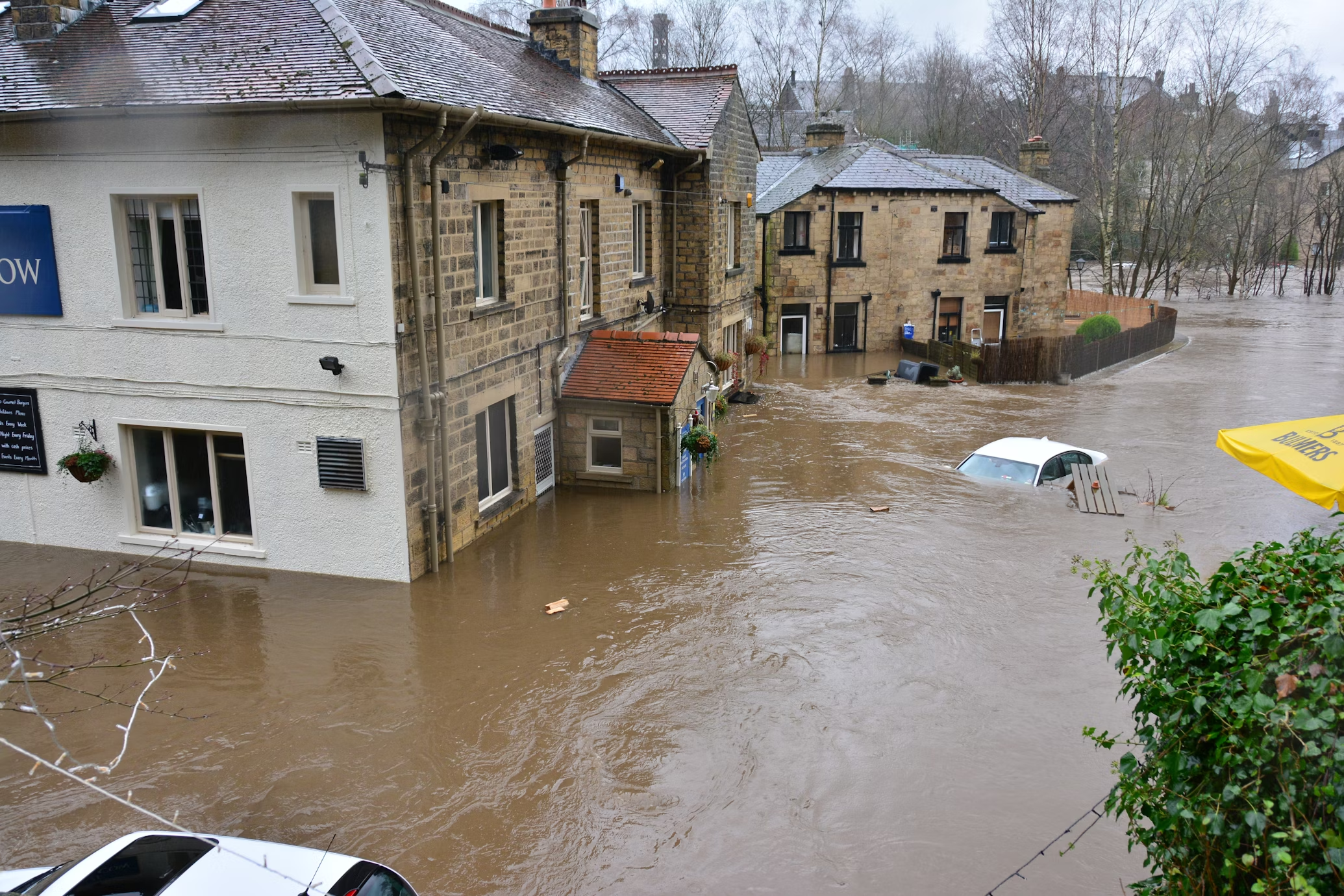How to know if your home is at risk for natural disasters.
Determining if your home is at risk for natural disasters involves understanding the potential hazards in your area and assessing your home’s vulnerability to those hazards. Here are steps to help you assess the risk:
- Research Local Hazards: Find out which natural disasters are common in your area. This could include floods, hurricanes, tornadoes, earthquakes, wildfires, or other hazards. Government agencies, such as FEMA in the United States or local emergency management offices, often provide information on local hazards.
- Consult Hazard Maps: Many regions have hazard maps that show areas prone to specific natural disasters. These maps may indicate floodplains, earthquake fault lines, wildfire risk zones, and more. Check with your local government or use online resources to access these maps.
- Evaluate Historical Data: Look into the history of natural disasters in your area. Have there been past floods, hurricanes, earthquakes, or other events? Understanding the frequency and severity of past events can give you insight into the potential risks.
- Assess Your Property: Evaluate your property’s vulnerability to different hazards. For example:
- Determine if your home is located in a floodplain or near a body of water.
- Check for structural vulnerabilities that could make your home susceptible to earthquakes or high winds.
- Assess the proximity of your home to wildfire-prone areas and consider factors such as vegetation and slope.
- Seek Professional Advice: Consider hiring professionals, such as structural engineers or disaster preparedness consultants, to assess your home’s vulnerability to natural disasters. They can provide expert guidance and recommendations for mitigation measures.
- Review Insurance Coverage: Review your homeowner’s insurance policy to understand what types of natural disasters are covered. Consider adding additional coverage or riders for hazards that are common in your area but may not be included in standard policies.
- Stay Informed: Stay informed about current weather patterns and potential natural disaster threats in your area. Sign up for local alerts and warnings, and follow reliable sources of information such as meteorological agencies and emergency management offices.
- Create a Disaster Preparedness Plan: Develop a comprehensive disaster preparedness plan for your household. This should include evacuation routes, emergency supplies, communication strategies, and plans for protecting your home against different hazards.
- Take Mitigation Measures: Implement mitigation measures to reduce the risk of damage to your home from natural disasters. This could include retrofitting your home to withstand earthquakes, installing flood barriers or flood vents, clearing vegetation around your property to create defensible space against wildfires, and securing outdoor objects that could become projectiles in high winds.
By understanding the potential hazards in your area and taking proactive measures to mitigate risk, you can better protect your home and family from the impacts of natural disasters.

What insurance protects against natural disasters?
Several types of insurance can provide protection against natural disasters:
Related posts:
Buying and selling houses is "worth it" in 2025?
Buying and selling houses is "worth it" in 2025?
Buying or selling a house in 2025 can still make sense—but it depends heavily on your personal situa...
July 15, 2025Common Mistakes Home Sellers Make in 2025 & How to Avoid Them!
Common Mistakes Home Sellers Make in 2025 & How to Avoid Them!
Excellent question! Even in 2025’s more balanced but still tricky housing market, ...
July 8, 2025Can I build a second house in my property?
Can I build a second house in my property?
Good question! The answer depends on your location (country, state, county, city) and your property’s zoni...
July 1, 2025When Is the Best Time to Buy a House in Massachusetts?
When Is the Best Time to Buy a House in Massachusetts?
The best time to buy a house in Massachusetts depends on your goals—whether you're aiming for ...
June 24, 2025

